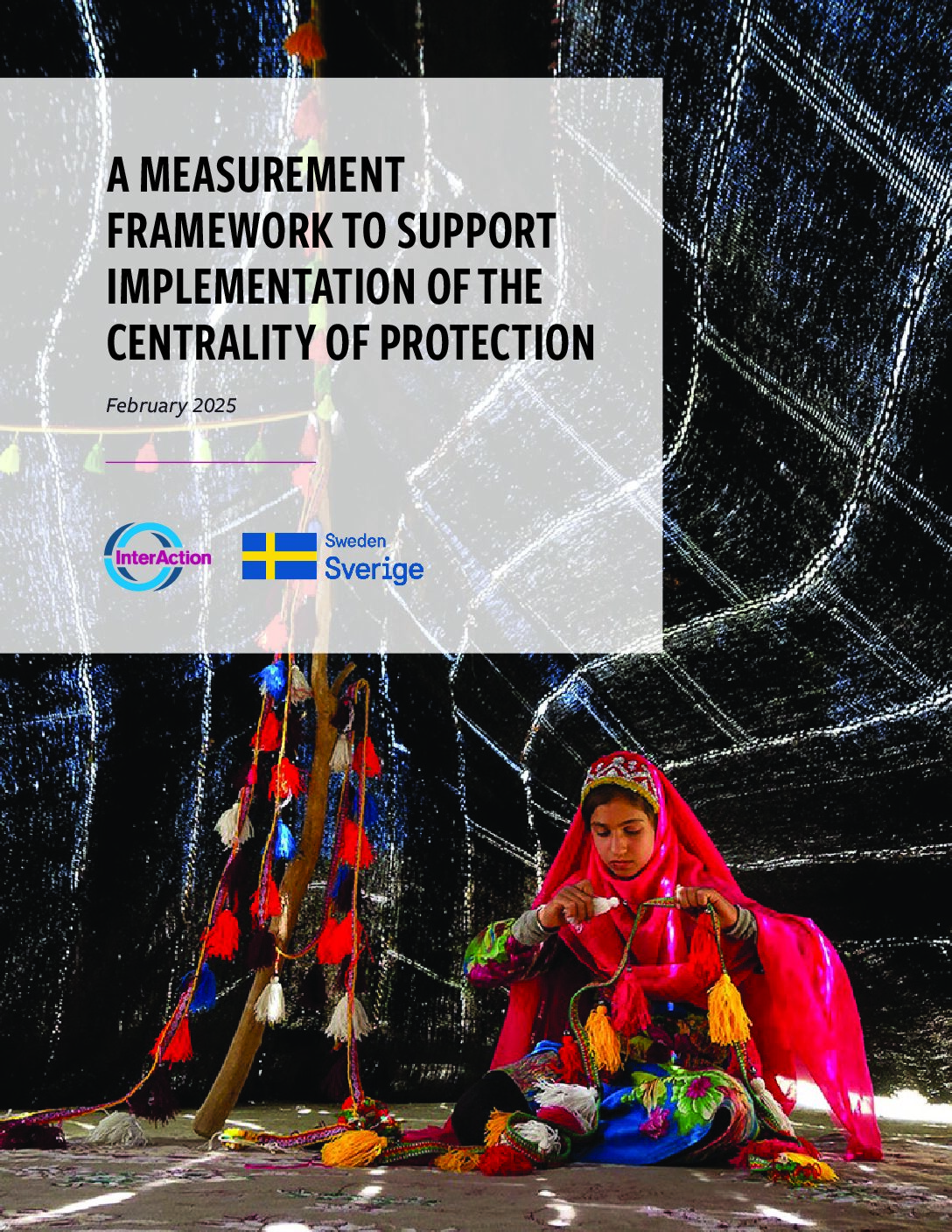This paper from the Tamarack Institute explores the current landscape in community innovation trends and focuses on two design-based approaches, Design Thinking and Social Labs, and how their experimental and iterative characteristics may be useful to the practice of “community innovation”. These approaches echo several fundamental aspects of results-based protection, and through recognizing the similarities and complementarities in approaches, we may draw on tools and methods used by design-thinkers for collaborative and effective problem-solving for protection.
These approaches have their roots in the field of design, drawing heavily on Community Engagement, iterative and experimental processes, and encouraging creative collaboration. Importantly, these approaches are often solution-agnostic: they don’t begin with a concept of what a solution will be, but instead provide a framework towards building the solution that best fits the challenge at hand.
Starting from the perspective of the affected population:
Design-based approaches promote a number of ways to bring diverse perspectives to the table and build a unifying vision, foremostly the perspective of those closest to the problem.
Design thinking is premised on Empathy (understanding human perspectives), Ideation (generating lots of ideas), and Experimentation (testing those ideas in the real world) (IDEO U). By seeking the perspective of the affected population from the initial intervention design, as the strategy is refined, and as the intervention is tested and implemented, design thinkers can help reinforce continuous context-specific analysis and ensure that communities have a meaningful and creative role in problem-solving, while establishing feedback loops critical to adapting interventions.
Helpful resources include: empathy maps, Stanford d.school’s tools, methods, and approaches, and The Convivial Toolbox (Sanders and Stappers).
Designing for Contribution
The movement towards Social Labs is premised on the notion that – a) our current ways of working are not effective in addressing out biggest and most challenging social issues, and b) that we need to create infrastructure to support Social research and development if we hope to change those ways of working. The approach entails bringing together diverse participants, ideally from different sectors, to join in collective problem-solving. Moreover, these collaborative efforts are ongoing and not constrained by a tight project timeframe. Social Labs are concentrated on systemic issues and addressing root causes of complex problems over quick or symptomatic fixes. Methods like systems mapping help social lab members visualize the complex web of interactions which occur within a system and potential entry points for where actors may be able to effect change. Asset mapping can also help reveal the resources that can be tapped into by the collective. to affect change.


